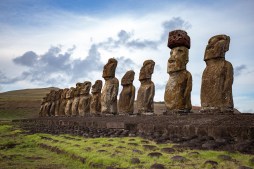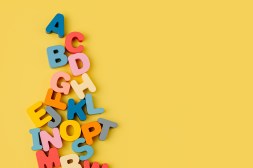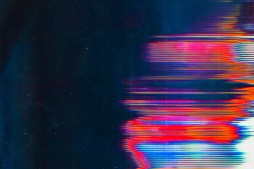Rediscovering Vintage Slang: A Dive into Historical Language Trends
Slang is a fascinating aspect of language that evolves over time, reflecting the culture and attitudes of different eras. From the flappers of the 1920s to today’s digital natives, slang acts as a linguistic time capsule. In this article, we’ll take a journey through the decades to uncover how slang has transformed and what it reveals about society during those times.
The Roaring Twenties: Jazz, Flappers, and New Words
The 1920s were characterized by significant social change and the rise of jazz music. This era introduced terms like “cool cat,” referring to someone who was stylish or appealing. The phrase “the bee’s knees” was used to denote something excellent or outstanding. This decade’s slang reflected a sense of liberation, especially among young people who embraced newfound freedoms post-World War I.

The Fabulous Fifties: Rock ‘n’ Roll and Youth Culture
In the 1950s, rock ‘n’ roll music surged in popularity alongside a burgeoning youth culture that resisted traditional norms. Slang from this period included phrases like “dig it,” meaning to understand or appreciate something, and “cat” for an interesting person or friend. The language mirrored the rebellious spirit of teenagers eager to carve out their own identity separate from their parents’ generation.
The Swinging Sixties: Counterculture and Revolution
The 1960s brought a wave of counterculture movements advocating for peace, love, and social justice. Slang words from this vibrant decade include “groovy,” which described anything cool or exciting, and “far out,” indicating something extraordinary or mind-blowing. The influence of music festivals and protests infused everyday language with terms that encouraged unity and expression.
The Grungy Nineties: Technology Meets Alternative Culture
With the rise of technology in the 1990s came an explosion in new expressions driven by youth subcultures such as grunge. Words like “phat” (meaning great) became popular alongside phrases like “as if.” made famous by movies like Clueless. This decade showed how technology began shaping communication styles as texting emerged on mobile phones—a precursor to today’s abbreviations.
Modern Day Slang: Social Media Influences
Today’s slang is heavily influenced by social media platforms where brevity reigns supreme. Acronyms such as LOL (laugh out loud) or emojis have become part of our daily vocabulary as we communicate quickly online. Terms can spread rapidly across cultures due to global connectivity but often lose their meanings just as fast when trends change—highlighting both continuity and evolution in language use.
From flappers to hashtags, examining slang through history reveals not only changes in language but also shifts in societal attitudes over time. As we continue navigating new forms of communication today, it’s essential to recognize the roots embedded within our casual conversations—and perhaps even revive some vintage expressions along the way.
This text was generated using a large language model, and select text has been reviewed and moderated for purposes such as readability.











